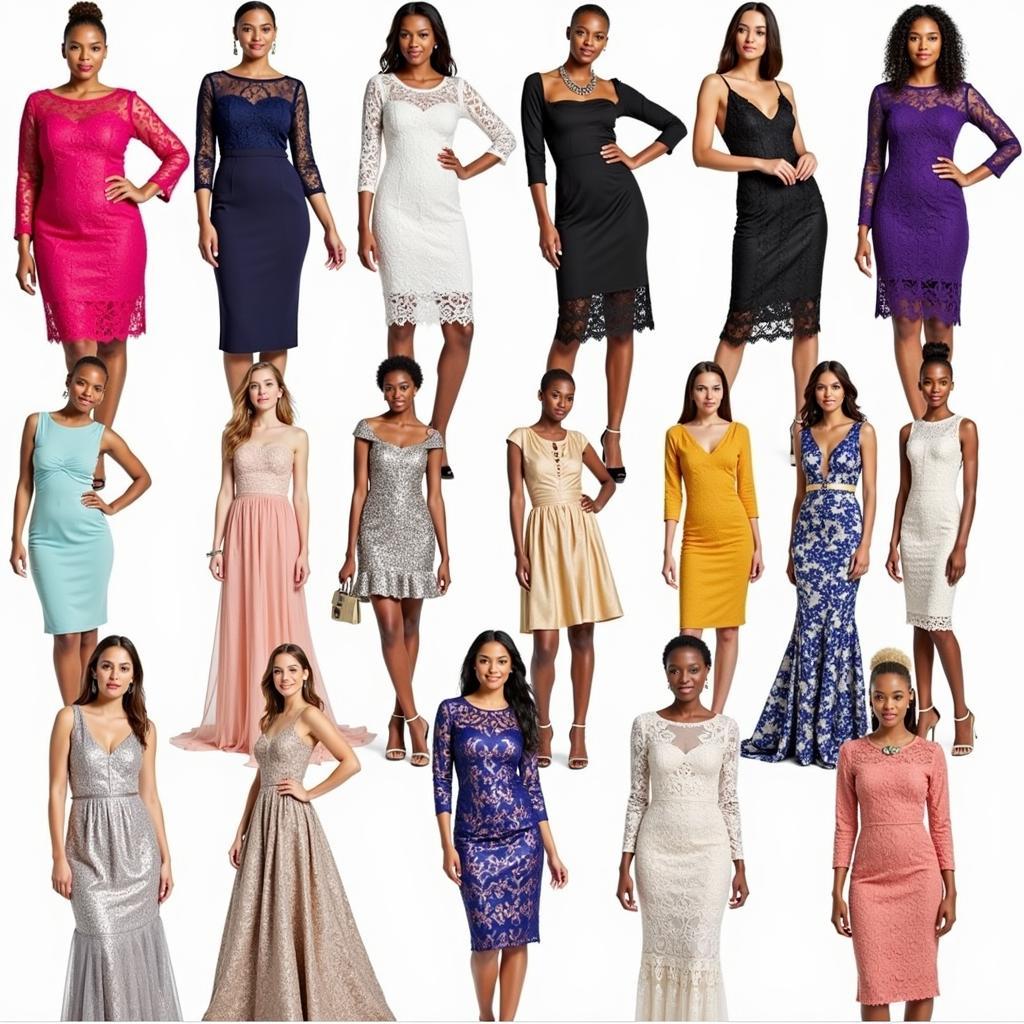Exploring the Rich Tapestry of African American Greetings
African American Greetings are more than just simple salutations; they reflect a rich cultural heritage, deeply rooted in history, community, and shared experiences. From heartfelt embraces to spirited calls and responses, these greetings go beyond mere politeness, serving as a powerful affirmation of identity and connection. They speak volumes about the resilience, strength, and vibrant spirit of the African American community. Let’s delve into this fascinating aspect of African American culture and explore the various ways in which these greetings manifest.
A History Woven in Resilience: Understanding the Nuances of African American Greetings
African American greetings have evolved over centuries, shaped by the unique journey of this community. During times of slavery, when open displays of affection were often restricted, subtle nods, coded language, and spiritual songs became vital forms of communication and connection. These practices laid the groundwork for the diverse and expressive greetings we see today. After emancipation, these greetings evolved, incorporating elements of both African traditions and the evolving American landscape. This blending of cultural influences created a unique tapestry of communication styles that continue to resonate today.
It’s important to remember that “African American greetings” encompass a wide range of expressions, varying by region, age group, and personal connection. Understanding these nuances is key to appreciating the depth and complexity of this cultural practice. For example, a simple “Hey, brother” or “Sister, how you doing?” can carry a weight of shared understanding and solidarity, signifying a bond forged through shared experiences. You can find more information about family gatherings on our African family reunion page.
Beyond “Hello”: Common African American Greetings and Their Significance
From the warm embrace of a hug to the rhythmic cadence of a call-and-response, African American greetings often go beyond verbal exchanges. They incorporate physical touch, music, and shared language to create a sense of belonging and mutual respect.
- Verbal Greetings: These can range from informal phrases like “What’s good?” or “Sup?” to more formal expressions like “Good morning” or “How are you doing?” The choice of greeting often reflects the level of familiarity and the context of the interaction.
- Physical Greetings: Hugs, handshakes, and even elaborate dap greetings (a complex handshake involving a series of hand movements and snaps) are common ways of acknowledging and connecting with one another. These physical greetings reinforce a sense of kinship and community.
- Call and Response: Rooted in African traditions, call-and-response patterns are often incorporated into greetings, creating a lively and engaging exchange. This dynamic form of interaction reinforces a sense of shared identity and cultural pride.
- Spiritual Greetings: Phrases like “Peace be with you” or “Blessings” reflect the deep spiritual foundation that underpins many African American communities. These greetings acknowledge the importance of faith and spirituality in daily life. You may find our article on African American Christmas greetings insightful.
Navigating Cultural Nuances: Respectful Engagement with African American Greetings
When interacting with individuals from different cultural backgrounds, it’s crucial to approach greetings with sensitivity and respect. While genuine curiosity and a willingness to learn are appreciated, it’s important to avoid mimicking or appropriating greetings if you are not part of that culture. Instead, focus on being respectful, observant, and responsive to the cues you receive.
Dr. Anika Johnson, a renowned anthropologist specializing in African American cultural studies, emphasizes, “Authenticity is key. Genuine respect and a willingness to understand the cultural context are more important than trying to perfectly replicate a greeting.”
The Evolution of Greetings: Adapting to Modern Times
While traditional greetings remain important, the digital age has introduced new ways of connecting. Online platforms and social media have created spaces for virtual greetings, often incorporating emojis, GIFs, and slang. This evolution reflects the ongoing adaptation and resilience of African American culture, demonstrating its ability to embrace change while retaining its core values. For more on cultural expressions, see our article on African gestures.
Dr. Kwame Asante, a leading scholar on African diaspora studies, notes, “The adaptability of African American culture is a testament to its strength. These greetings, whether traditional or modern, serve as a powerful reminder of the enduring bonds that connect this community.” Learn more about holiday greetings at African American Easter greetings.
Conclusion: Embracing the Spirit of Connection
African American greetings are a vibrant expression of a rich and dynamic culture. They are a testament to the resilience, strength, and enduring spirit of a community forged through shared history and experience. By understanding and appreciating the nuances of these greetings, we can gain a deeper appreciation for the tapestry of human connection. African American greetings remind us of the power of communication to build bridges, foster understanding, and celebrate the beauty of cultural diversity.
FAQ:
- What are some common African American greetings? Common greetings include “What’s up?”, “Hey, brother/sister”, “How you doing?”, and various forms of dap greetings.
- Are there regional variations in greetings? Yes, greetings can vary depending on location, reflecting the diverse cultural landscape within the African American community.
- Is it appropriate to use these greetings if I’m not African American? While genuine curiosity is appreciated, it’s essential to be respectful and avoid appropriating greetings. Focus on being observant and responsive.
- How have African American greetings evolved? Greetings have adapted to modern times, incorporating digital platforms and social media, while still retaining core cultural values.
- What is the significance of physical greetings in African American culture? Physical greetings like hugs and handshakes reinforce a sense of kinship, community, and shared connection.
More questions you might have:
- What are the cultural influences behind these greetings?
- How do greetings differ between generations?
- What are some examples of traditional African greetings?
For more insightful content, check out our page on African American art quotes.
Need Help? Contact us!
For any further assistance or inquiries, please don’t hesitate to contact us:
Phone: +255768904061
Email: kaka.mag@gmail.com
Address: Mbarali DC Mawindi, Kangaga, Tanzania
Our customer service team is available 24/7 to assist you.

